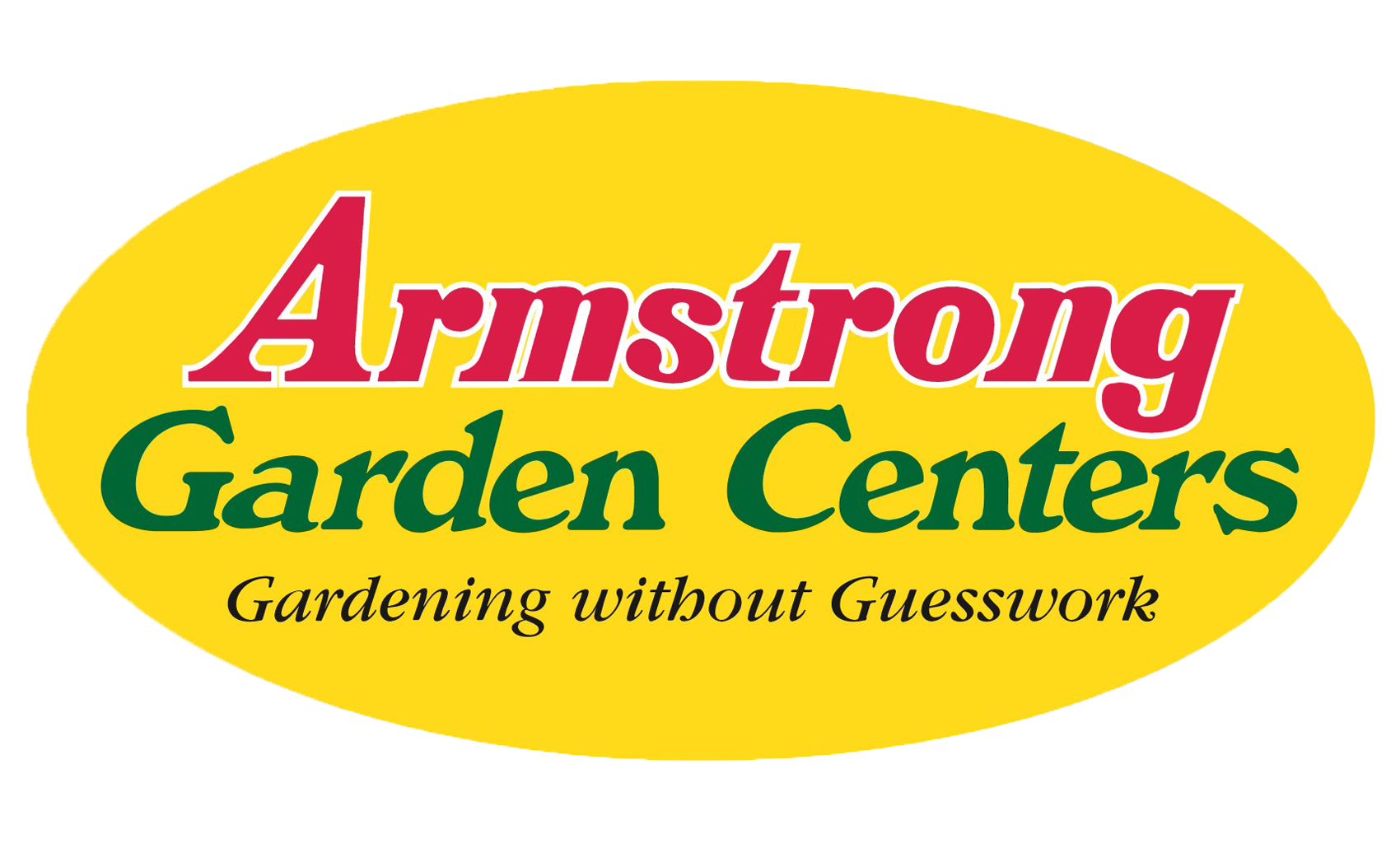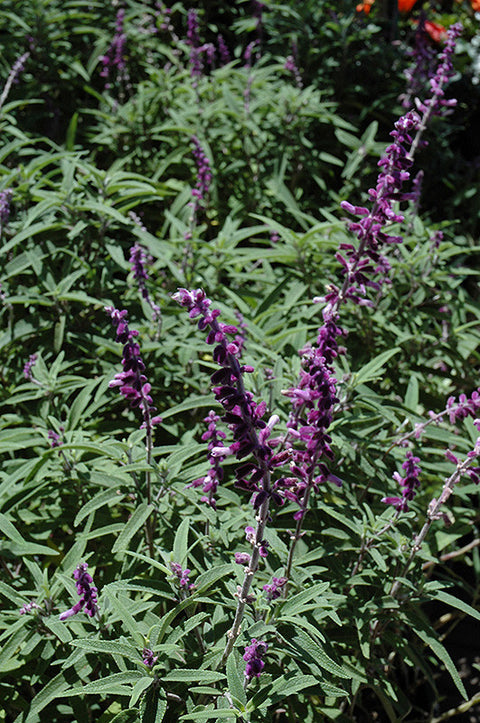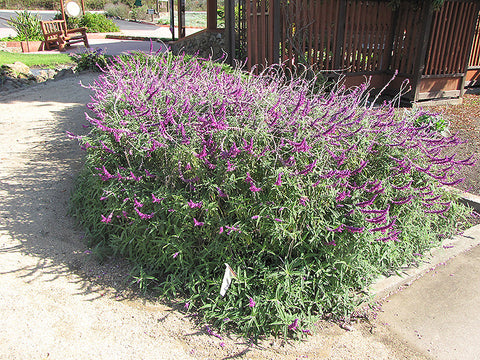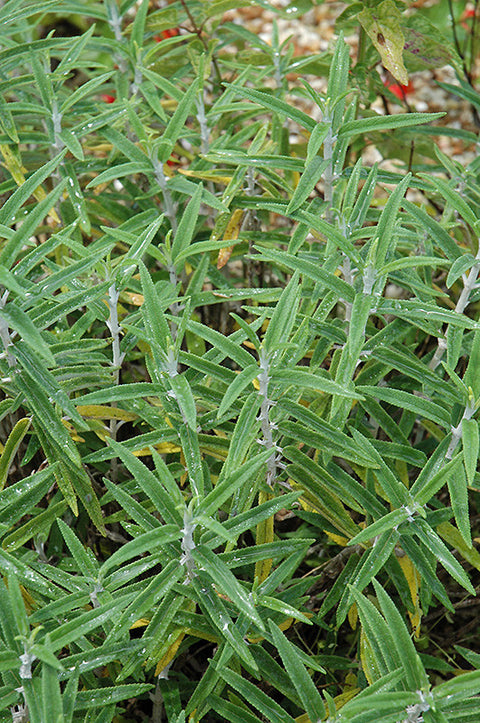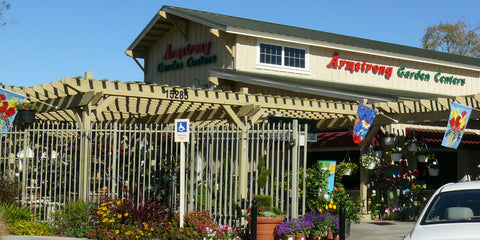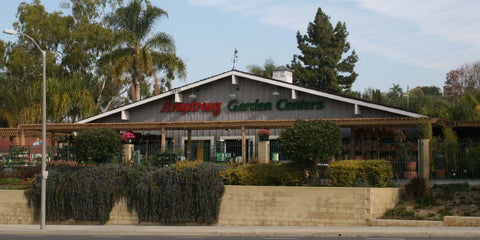Details
Santa Barbara Mexican Sage is a multi-stemmed evergreen shrub with an upright spreading habit of growth. Its average texture blends into the landscape, but can be balanced by one or two finer or coarser trees or shrubs for an effective composition.
This shrub will require occasional maintenance and upkeep, and is best pruned in late winter once the threat of extreme cold has passed. It is a good choice for attracting butterflies and hummingbirds to your yard, but is not particularly attractive to deer who tend to leave it alone in favor of tastier treats. It has no significant negative characteristics.
Santa Barbara Mexican Sage is recommended for the following landscape applications:
- Mass Planting
- General Garden Use
- Container Planting
Features
Santa Barbara Mexican Sage has masses of beautiful spikes of violet flowers rising above the foliage from late winter to late fall, which are most effective when planted in groupings. The flowers are excellent for cutting. It has grayish green foliage with white undersides. The fragrant narrow leaves remain grayish green throughout the winter. The fruit is not ornamentally significant.
Care
Planting & Growing
Santa Barbara Mexican Sage will grow to be about 24 inches tall at maturity extending to 3 feet tall with the flowers, with a spread of 6 feet. It has a low canopy. It grows at a fast rate, and under ideal conditions can be expected to live for approximately 5 years.
This shrub does best in full sun to partial shade. It prefers dry to average moisture levels with very well-drained soil, and will often die in standing water. It is considered to be drought-tolerant, and thus makes an ideal choice for a low-water garden or xeriscape application. It is not particular as to soil type or pH. It is somewhat tolerant of urban pollution, and will benefit from being planted in a relatively sheltered location. Consider applying a thick mulch around the root zone in winter to protect it in exposed locations or colder microclimates. This is a selected variety of a species not originally from North America.
Santa Barbara Mexican Sage makes a fine choice for the outdoor landscape, but it is also well-suited for use in outdoor pots and containers. With its upright habit of growth, it is best suited for use as a 'thriller' in the 'spiller-thriller-filler' container combination; plant it near the center of the pot, surrounded by smaller plants and those that spill over the edges. It is even sizeable enough that it can be grown alone in a suitable container. Note that when grown in a container, it may not perform exactly as indicated on the tag - this is to be expected. Also note that when growing plants in outdoor containers and baskets, they may require more frequent waterings than they would in the yard or garden.
